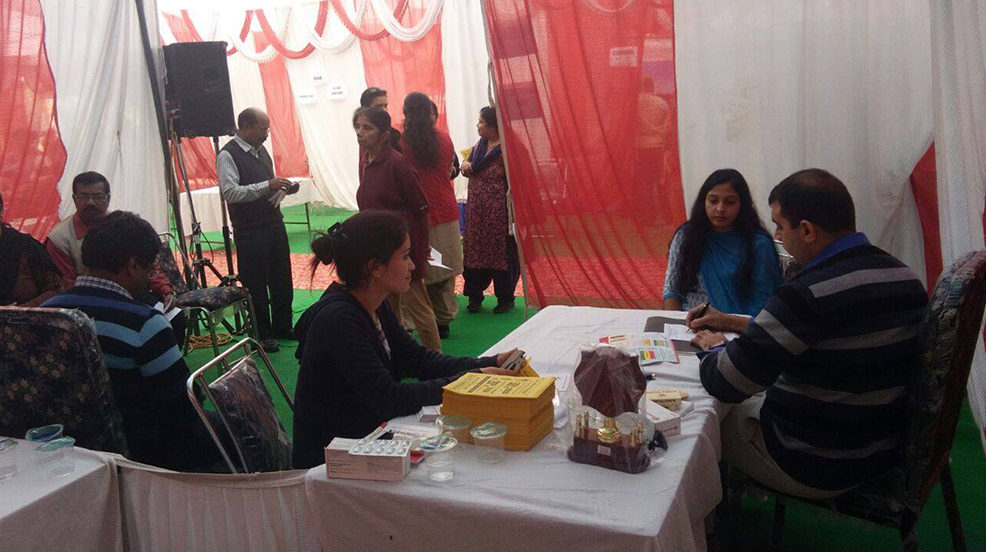Tennis elbow, also known as lateral epicondylitis, is a common condition that affects the tendons of the elbow. It is caused by overuse of the arm, especially in activities that involve repetitive wrist and forearm movements, such as tennis, painting, carpentry, or typing. The pain usually starts gradually and worsens over time. It can affect your daily activities and limit your range of motion.
Signs and Symptoms of Tennis Elbow:
The main symptom of tennis elbow is pain on the outside of the elbow, which may radiate to the forearm and wrist. The pain can range from mild discomfort to severe pain that interferes with your sleep. The pain is often worse when you use your arm, especially for twisting or gripping motions. You may also experience:
- Tenderness and swelling around the elbow joint
- Stiffness and difficulty in fully extending your arm
- Weakness in your hand and wrist
- Difficulty in performing simple tasks, such as holding a cup, writing, or opening a jar
Treatment Options for Tennis Elbow:
The treatment of tennis elbow depends on the severity of your condition. The main goals of treatment are to reduce pain, inflammation, and stiffness, and to promote healing and recovery of the damaged tendons. Some of the treatment options include:
- Resting your arm and avoiding activities that aggravate your pain
- Applying ice packs or cold compresses to the affected area for 15 minutes several times a day
- Taking painkillers and anti-inflammatory drugs to ease pain and swelling
- Wearing a forearm brace or strap to support the injured tendons and reduce stress on the elbow
- Doing physical therapy exercises to stretch and strengthen the muscles and tendons of the elbow, forearm, and wrist
- Getting steroid injections into the painful area to reduce inflammation and provide short-term relief
- Undergoing surgery to remove the damaged tissue if other treatments fail to improve your symptoms after 6 to 12 months
Prevention Tips for Tennis Elbow:
Tennis elbow can be prevented by taking some simple measures to protect your arm from overuse and injury. Some of the prevention tips include:
- Warming up properly before engaging in any physical activity that involves your arm
- Using proper equipment and techniques when playing sports or doing work that requires repetitive arm movements
- Taking frequent breaks and changing positions when doing tasks that put a strain on your elbow
- Doing regular exercises to maintain flexibility and strength in your arm muscles and tendons
- Seeking medical attention if you experience any signs or symptoms of tennis elbow
Tennis elbow is a common but treatable condition affecting anyone using their arm frequently. By following the above tips, you can effectively prevent, recognize, and treat tennis elbow and resume your normal activities without pain.





